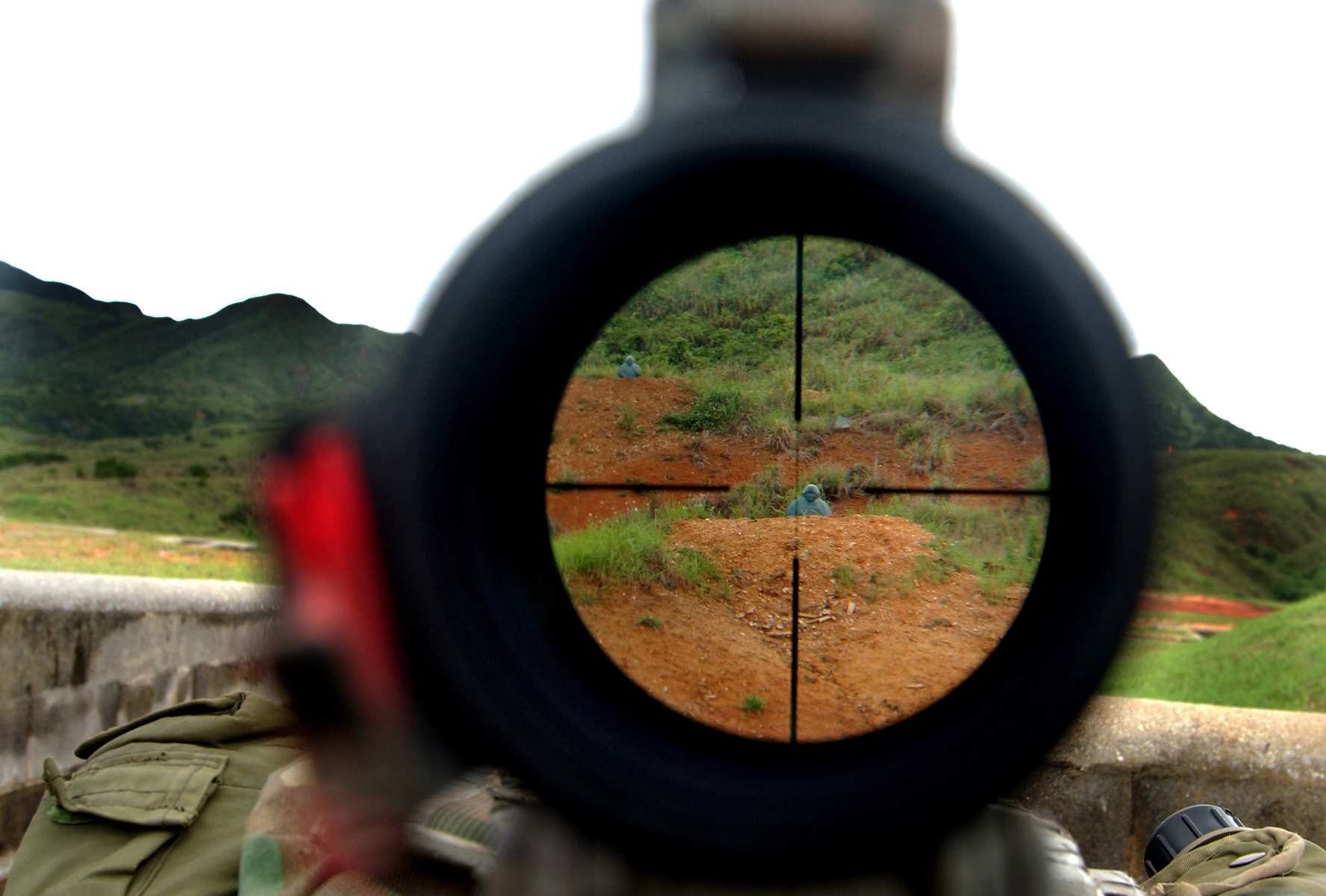In this article, You will learn about four different types of rifle scopes that you can use with your hunting gun. Scopes are a great way to help improve your aim, and each type of scope is useful for a specific hunting situation.
Scopes come in all shapes and sizes, from handheld designs to those mounted on top of gun barrels. Each style has its own strengths and weaknesses depending on the type of weapon it’s being used on and the situation a hunter will face. Many hunters use a mix of styles to suit their needs, but there is one scope design for every standard firearm out there. Here we’ll go over the most common types: fixed, variable, holographic and laser.
Fixed scopes provide a consistent (and often very high) magnification level, and can be found on both rifles and handguns. Fixed scopes are typically more durable than other designs, which makes them particularly useful for weapons that need to hold up under rough conditions. These strengths make fixed scopes a popular choice among hunters in areas with unpredictable weather and terrain. They hold their zero well and remain accurate through years of use, making them a sound investment for serious hunters
Fixed scopes have heavy-duty construction designed for constant use. Many hunters also feel the extra weight gives them steadier aim when taking shots at moving targets. Most fixed scopes come with either 1x or 2x magnification levels that stay consistent throughout the scope’s use; however, there are some models that provide variable magnification levels.
Variable scopes give the user the ability to quickly increase or decrease magnification levels with a lever or dial. This allows hunters to quickly adapt to the situation at hand, such as zooming in on far away prey when it’s spotted and releasing some slack when you need better accuracy at close range.
Variable scopes are especially useful when multiple people use one gun, such as in hunting parties or competitive hunts where two people shoot at the same animal simultaneously. Each person can adjust their magnification level to suit their own needs and preferences between shots. They’re also helpful for novice shooters who aren’t yet familiar with how much they’ll need to zoom in on their target; simply pull out your variable scope and set it before you take your shot.
Variable scopes are not ideal for beginners because they’re difficult to keep lined up, particularly when the magnification level is changed multiple times in quick succession. They also tend to be bulkier than other models, which can cause problems if you plan on carrying your rifle over long distances during a hunt. If misaligned, variable scopes will send bullets off target, so it’s important to ensure yours is properly calibrated before entering the field.
Holographic and laser sights use technology that places an aiming reticle directly into your line of sight via a projected dot or pattern rather than using optics to magnify an object like traditional scopes do. Holographic designs use LED technology while lasers emit glowing red beams. Either way, these types of scopes are useful in the areas where traditional styles fall short.
Holographic sights can be found on handguns and shotguns as well as rifles for hunting, while laser scopes are only available for use with guns designed to fire bullets. Laser sights are commonly used by hunters who travel to remote locations because they don’t rely on outside light sources, which makes them perfect for navigating dark forests or caves without using a flashlight that could scare off nearby prey.
A red dot sight mounted on a rifle barrel. Both holographic and laser designs have automatic brightness sensors that adjust the reticle’s brightness levels according to surrounding lighting conditions so it’s always easy to see in any environment. This means you won’t have to constantly fidget with your rifle in order to find the perfect level of brightness for each shooting situation; in fact, you can even leave your sight adjusted for nighttime use if that’s when you tend to hunt.
Both holographic and laser scopes are much easier for beginners to utilize than traditional scopes since they do not require zooming or adjusting focus; all you need to do is point and shoot. The lack of eyepiece lenses makes these types particularly useful if you also wear glasses because there won’t be any extra lens between your eye and the reticle, which could cause problems when sighting through an optic. You’ll also notice a decrease in weight when using either one since they’re made up entirely of just three components: barrel mount, scope body, and reticle.
The size of the reticle is another important consideration when choosing a sight. A large aiming point will be easier to see from a distance but may also obstruct your target if you’re hunting in close quarters or need to make a shot at very long ranges where precise aim is required. Reticles that are too small or faint can obscure game animals even at short distances because they tend to blend into the background rather than contrast with it; this creates unnecessary difficulties for hunters who hunt throughout many different kinds of habitats, particularly woods and grasslands.
Every type of scope boasts its own advantages and disadvantages depending on how, when, and where you plan to use it. The more practice you get with your rifle scope before heading out hunting for real, the more confident you’ll be in choosing the right one.

